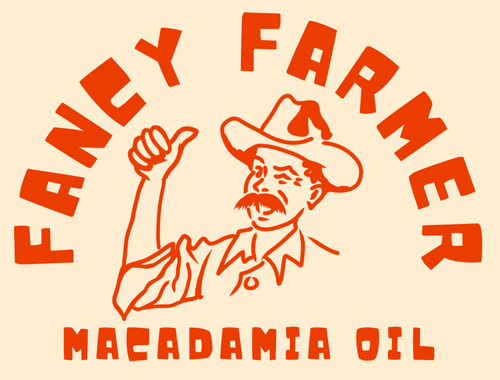We all want to do the “right thing” in the kitchen. But sometimes the “right thing” has been mis-framed. Olive oil and seed oils are everywhere. But that doesn’t mean they’re perfect for every use — or that they’re being used right.
Let’s call out the top 4 mistakes people make — then show how a better alternative fits.
1. Mistake: Using olive oil for everything
Olive oil deserves its medal: good fats, Mediterranean tradition, solid data. But problems:
-
Many assume any olive oil will do. But quality matters — some oils are weak on phenolics or blended.
-
Olive oil’s best place is low to moderate heat or raw applications. Heating too high degrades beneficial compounds. EatingWell+1
-
Using olive oil in high-heat roasting or deep frying can mean you’re not getting the claimed benefits — or worse, creating unwanted by-products.
2. Mistake: Thinking seed oils are “neutral and safe”
Seed oils like canola, sunflower, soybean are often praised for neutral flavour and low cost. But:
-
Many home cooks don’t recognise the processing involved (refining, high heat, deodorising). Cleveland Clinic+1
-
Even though studies show unsaturated fats (including seed oils) can support heart health, the context matters — what you’re frying, how many times you reuse oil, what else you’re eating. Stanford News
-
Overuse of high-omega-6 seed oils is a common concern, especially when the overall diet is loaded with processed foods. National Geographic
3. Mistake: Choosing oil only by “smoke point” or brand name
Yes, smoke point matters. But it’s not the only factor. Some oils may have high smoke points but poor fatty acid profiles or lots of processing. Wikipedia+1
Also, brand claims “extra virgin etc” may obscure origin or processing — especially with olive oil where adulteration is a known issue. Wikipedia
4. Mistake: Ignoring provenance and processing
Where the oil comes from and how it’s made affects quality a lot.
-
Imported, blended oils may lack transparency.
-
Minimally processed oils retain flavour and minor nutrients.
-
For Australians, supporting native grown, local makes a difference in freshness, sustainability and authenticity.
🔧 Why Australian Cold-Pressed Macadamia Oil Fits Better
Better fatty profile for everyday use: Around ~80 % monounsaturated fats, very low omega-6 (~1-3 %).
High stability for cooking: Suitable for sautéing, roasting, even moderate-frying because its profile is strong and less likely to degrade.
Native & locally grown: Macadamias are Australia’s own crop; when cold-pressed/unrefined, the oil retains natural character – from farm to bottle.
Clean taste + versatility: The buttery-nutty flavour adds richness without overpowering herbs, spices, veg — unlike heavy coconut or strong olive oils.
Turns “healthy oil” into everyday habit: Because it's local, premium yet practical — you’ll feel good using it, not just for special occasions.
👨🍳 Quick Use-Case Table: Avoiding Mistakes
| Use-Case | What many do | Better choice | Why |
|---|---|---|---|
| High-heat stir-fry | Olive oil or cheap seed oil | Macadamia oil | Strong MUFA profile + low omega-6 |
| Baking/roasting veg | Seed oil blend | Macadamia oil | Better flavour + stability |
| Salad dressings | Olive oil only | Blend of macadamia + olive | Adds richness and local story |
| Cheap frying | Reused seed oil in restaurant style | Switch to single-use macadamia or high-oleic oil | Reduces risk of degraded oil by-products |
FAQs
Can I still use olive oil at home?
Absolutely — keep it for dressings, dips, raw uses or moderate heat. But for your everyday cooking (roast, pan-fry, reheating), consider having a dedicated “everyday oil” with a stronger profile – like macadamia.
Are seed oils truly dangerous?
They’re not poisonous per se, but their context matters. Processing, repeated use, high-omega-6 load and heavy reliance on ultra-processed foods amplify concerns. diabetes.co.uk+1
Does this mean expensive oil is always better?
Not always — but transparency helps. Know who grew it, how it was processed, where it was bottled. Local provenance often supports better traceability and freshness.
The Bottom Line
You’re not just choosing a bottle of oil — you’re choosing how you cook, how your food tastes, and how your kitchen fits into your lifestyle.
Switching from “one-size-fits-all olive/seed oil” to a locally grown, cold-pressed Australian macadamia oil moves you away from the common mistakes home cooks make — and closer to better flavour, better cooking performance, and better daily habits.
👉 Explore Fancy Farmer Macadamia Oil – the smarter everyday oil

